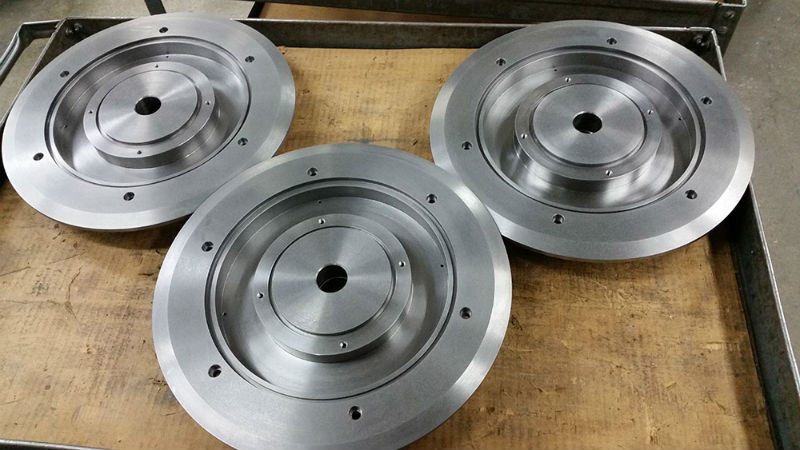Have you ever made things on a lathe machine? Maybe you visited a machine shop with lathes, or your business uses materials turned on lathe machines. Turning operations have a long history which goes back over a thousand years. Here are some things you may not have known about lathes.
Two Man Lathes
The basic principle of turning operations has remained unchanged over the past two thousand years or so. A machine turns the workpiece while a stationary cutting tool shapes the workpiece. Unlike modern lathes with powerful electric motors driving them, early lathes in ancient Egypt took two people to operate. Someone turned the workpiece with a rope while a second person held a cutting tool against it. This made it possible to create cylindrical shapes with many designs and grooves.
Improvements
The ancient Romans made lathes more efficient by adding a bow mechanism as the turning power. One person could just move the string from a bow back and forth while the other worked the cutting tool. Bows allowed lathes to turn faster, and this made production faster and easier. An ancient painting dated from about 300 BC depicts a lathe in action. The Chinese sharpened weapons with lathe machines, in the Fourth Century BC.
Machine Shops
As the Industrial Revolution swept around the world, lathes were some of the first motor-driven machinery. The process was quite simple yet effective. A rotating electric motor shaft turned a belt, which turned the lathe machine.
This simple method was so effective it blazed the way for the modern machine shop with its sophisticated machinery and methods. Today’s turning operations are high powered and controlled by computers. Modern shops can create an almost unlimited amount of shapes and sizes with stunning accuracy and precision. Modern shops work with a wide range of materials, including steel, aluminum, plastic, and stainless steel.


